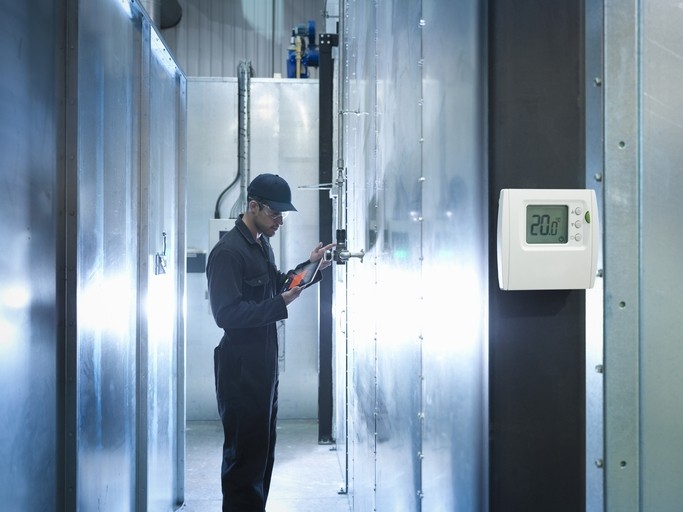‘Feed mills that conserve energy now can ensure their future survival’

“Energy, its utilization, and conservation may be the greatest challenge facing management in the feed industry today and in the years ahead,” noted the American Feed Industry Association’s new report: Energy Management for the Feed Industry.
The average cost of electricity for industrial users in the US has increased by almost 35% in the last 10 years and is projected to remain high, according to the US Department of Energy (DOE).
“All forms of energy are increasing in cost and diminishing in supply; yet effective energy management, or conservation, can reduce the cost impact and make better use of available energy supplies,” reads the guide.
The review walks the reader through the key elements when developing an energy management program for a feed production facility.
Energy audits
“One of the most useful parts of the document is the energy audit section,” said Gary Huddleston, AFIA’s director of feed manufacturing and regulatory affairs.
Conducting an energy audit is the first step in developing a robust energy management program, he commented, in a blog on the guide. “It’s a good idea to complete an energy audit at least annually.”
In addition to the energy audit section, there are sections on calculating a facility’s energy requirements and it outlines energy conservation opportunities.
“Our industry typically measures energy requirements in British Thermal Units (BTUs) per ton. It’s difficult to compare BTUs/ton between plants since there are so many variables in energy requirements but charting your plant’s BTUs/ton from year-to-year is a good way to see how effective your energy management program is working,” added Huddleston.
Keeping a lid on electricity costs
There is ample opportunity to reduce energy use and lower electricity costs given the extensive use of electric energy at every manufacturing facility: motors that drive pumps, fans, compressors, hydraulic equipment, conveyors, lighting, HAVAC systems, office equipment and water coolers, according to the document.
“Although the efficiency of how electricity is used varies from application to application, there is room for improving energy use in all cases; these improvements are typically cost-effective and are achieved with a short payback period and, many times, even for free.”
Direct impact on profits
As energy is used more effectively, product costs can be reduced, and profits improved, reads the guide. “This can be accomplished even in the face of sharply increasing energy costs."
The guide shows that boosting energy efficiency in a feed facility has numerous benefits including:
- Improvement in the bottom line
- Increased productivity and market competitiveness
- Lessened impact and protection of the business from fluctuations in energy prices; and
- Reduced carbon emissions while helping companies stay ahead of government regulations.
“Those feed mills and companies that conserve energy now will help ensure their future survival, reduce their manufacturing costs and enhance their profits.”










